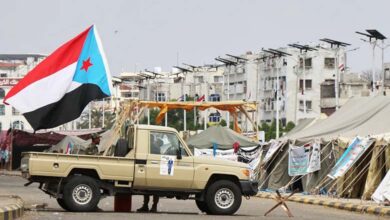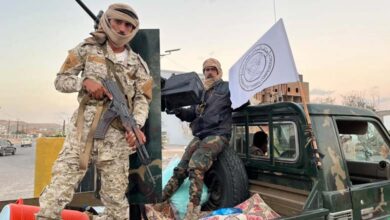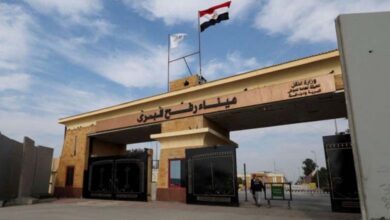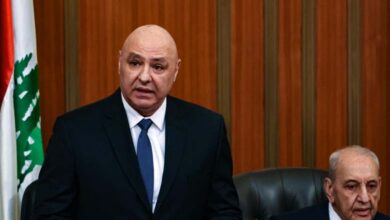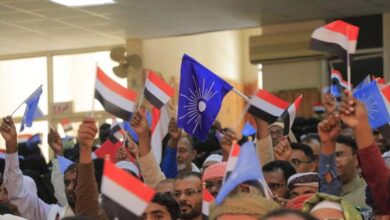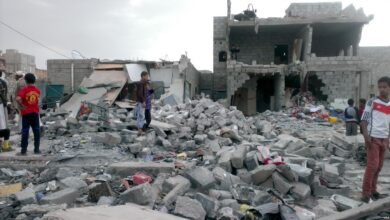Cabinet meeting without a truce… escalation in Gaza and annexation plans in the West Bank
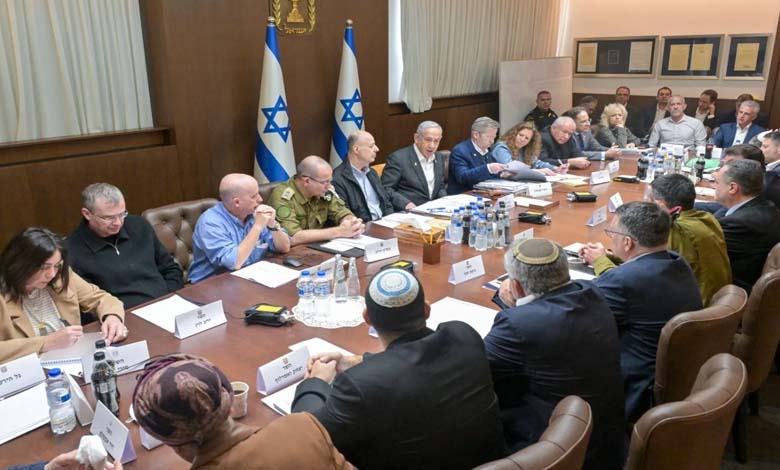
From Gaza to the West Bank, the latest meeting of Israel’s security cabinet outlined a roadmap largely defined by military and settlement-oriented choices, sidelining any political path.
-
Israel launches the first stages of its offensive on Gaza City and rules out any humanitarian pause
-
Trump to Chair Expanded Meeting on Gaza Amid Low Expectations for a Near Agreement
Despite international pressure and available negotiation frameworks, Prime Minister Benjamin Netanyahu and his security cabinet opted to expand military operations in Gaza and discuss the possible annexation of parts of the West Bank, while completely disregarding the ceasefire proposal and the prisoner exchange deal.
According to the Times of Israel, the meeting discussed the imminent takeover of Gaza City and the possibility of extending Israeli sovereignty over the West Bank, ignoring the ceasefire agreement that Hamas had approved nearly two weeks earlier.
-
Netanyahu’s New Gaza Strategy: Seven Reasons It Risks Failure
-
Political Analyst: Israel’s Starvation Policy in Gaza Is a Full-Fledged War Crime
A notable absence raises questions
Israeli media reported that Reserve General Nitzan Alon, the chief negotiator for the release of hostages and head of the army’s intelligence unit for prisoners and missing persons, was not invited to the meeting. The council had decided not to address the negotiations on the deal, rendering his presence unnecessary.
Instead, discussions focused on widening the scope of the military operation in Gaza and pursuing only a comprehensive agreement that would end the war under Israeli terms while ensuring the release of all hostages.
-
Amid Famine and Siege, Emirati Convoy Offers a Lifeline to Gaza
-
Netanyahu changes Gideon’s Chariots 2… and here is the evacuation schedule in Gaza
The public broadcaster Kan reported, however, that amid concerns for the hostages’ safety during the planned operation to seize Gaza City later this month, teams from the Hostages and Missing Persons Directorate would take part in the campaign.
Ahead of the meeting, Channel 12 cited unnamed sources claiming that U.S. President Donald Trump had increased pressure on Netanyahu to move more quickly toward defeating Hamas, having lost confidence in the effectiveness of the ceasefire and hostage release negotiations.
-
Hostages or Gaza’s Occupation: What Is Netanyahu’s Priority?
-
Netanyahu calls for accelerating the takeover of Gaza despite warnings
Observers argue that this American stance is one of the main drivers pushing Netanyahu toward either a full military victory or a comprehensive deal strictly on Israeli terms, despite opposition from some security officials who favor accepting the current partial proposal.
Meanwhile, Israeli media reported on Sunday that Israel had begun dismantling protective concrete barriers in the kibbutz of Nahal Oz, signaling a significant reduction in threats from Gaza against border communities.
Part of Route 25, which leads to the kibbutz and had been closed for five years, is also set to reopen.
-
Israel Prepares to Implement Gaza Occupation Plan and Evacuate Civilians
-
Between Street Pressure and Coalition Threats: Scenarios for Netanyahu’s Response to the Gaza Proposal
Knesset member Zeev Elkin, responsible for the rehabilitation of border areas affected by the war, stated that “the reopening of Route 25 to Nahal Oz is not only about restoring infrastructure, but also about bringing life back to normal.” He added that this move “restores residents’ confidence in returning to their homes and strengthens their faith in the future here.”
The question of annexation
Before the meeting, several far-right ministers had called for the annexation of parts of the West Bank.
The American news site Axios reported that the fate and scope of this plan largely depend on the position of U.S. President Donald Trump’s administration.
-
Gaza Occupation Plan Takes Final Shape Despite Truce Talks
-
Latest News from Gaza: Intensified Israeli Bombardment and Tanks Advancing to the City’s Entrance
U.S. Ambassador to Israel Mike Huckabee stated: “I don’t know how extensive the annexation plan will be. I’m not even sure there is a unified vision within the Israeli government regarding which areas would be annexed or their size.”
He added: “What the Europeans are planning has led more and more Israelis to argue that perhaps they should begin discussing the annexation of parts of Judea and Samaria,” using the biblical term for the West Bank.
According to a European official cited by Axios, Israel’s Strategic Affairs Minister Ron Dermer told a Middle East adviser to French President Emmanuel Macron that the plan envisioned the annexation of the entire Area C, about 60% of the West Bank, where Israel maintains control over security and civil affairs and where all settlements are located.
-
The largest since the start of the Gaza war… The People’s Strike paralyzes Israel
-
Occupation of Gaza Plan… Israeli Estimates Suggest Fighting Could Last Until 2026
This would be the maximalist option, according to a senior Israeli official, while other scenarios would involve annexing only the settlements and the Jordan Valley (30% of the West Bank) or merely the settlements and their access roads (10% of the land).
Recently, Israel also approved a settlement expansion plan proposed by Finance Minister Bezalel Smotrich, which includes building approximately 3,400 housing units in the controversial E1 area, located between Jerusalem and the Maale Adumim settlement, with the declared aim of preventing the establishment of a Palestinian state.
For years, international pressure had prevented construction in this area, as critics argue such expansion would split the West Bank in two and cut it off from East Jerusalem, thereby undermining the possibility of a two-state solution.



